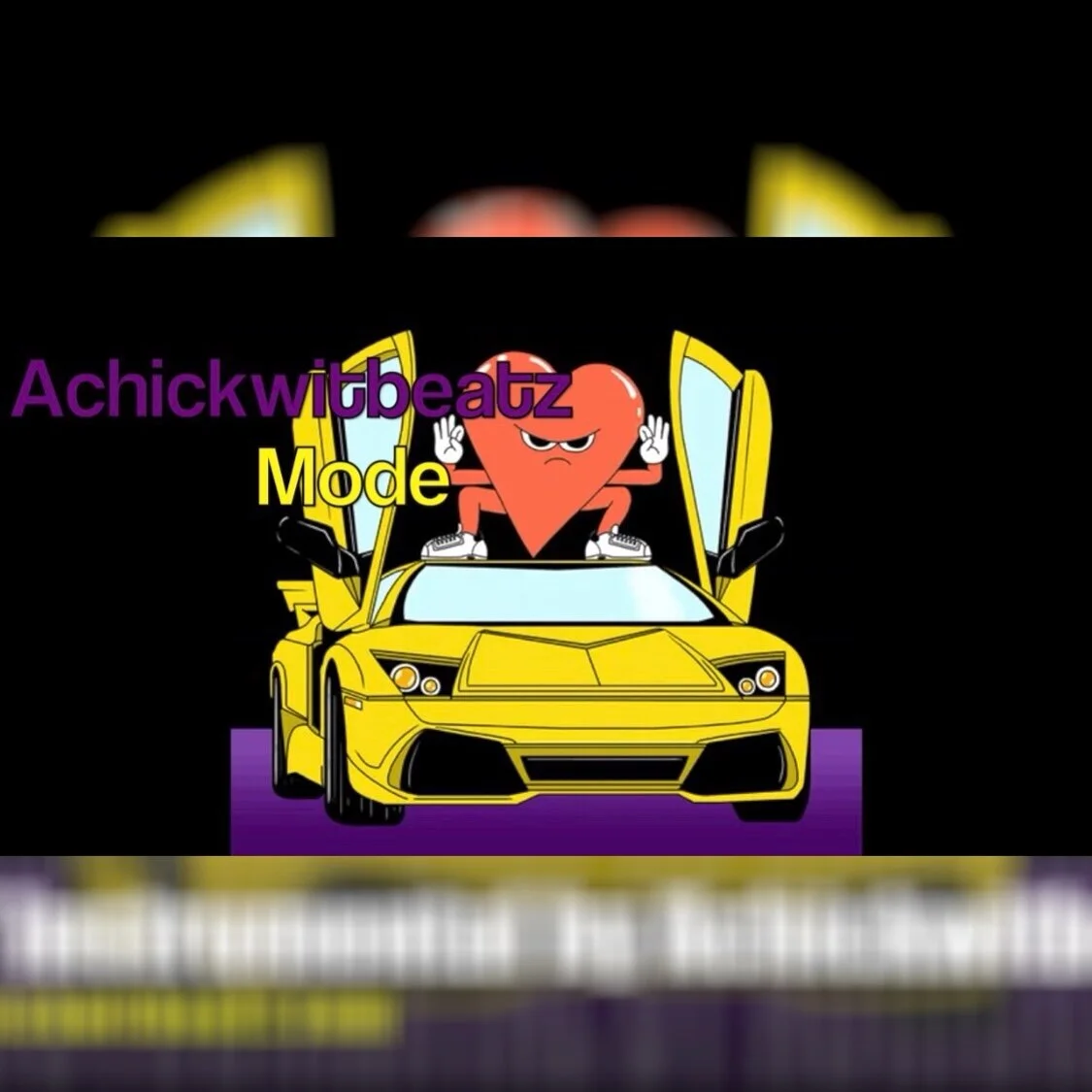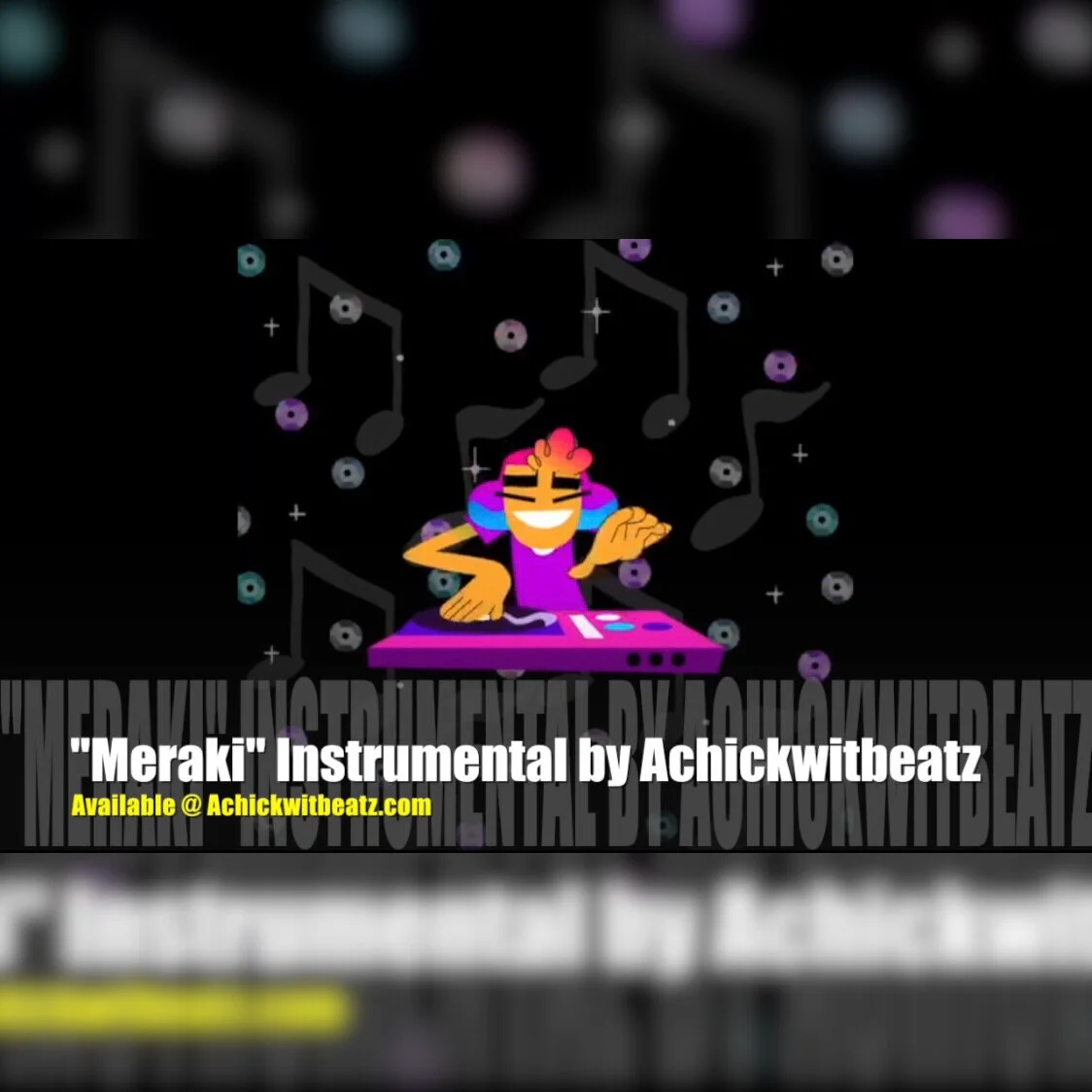Photo by Brooke Balentine on Unsplash
Playing local shows is one of the most powerful ways to build community and momentum as an independent artist. But simply booking the gig is only the first step. Effective promotion can mean the difference between performing to a half-empty room or a crowd that actually connects with your music. From consistent branding to strategic partnerships, learning how to promote local shows is essential for long-term growth and fan engagement.
Start with a Clear Promotional Plan
Photo by Devon Divine on Unsplash
A strong promotional strategy starts with clarity. Knowing who you want to reach, what you want to communicate, and how far in advance to start. Too often, artists announce shows just days before the event, leaving little time for awareness to build.
Ideally, begin promoting a local gig three to four weeks in advance. This gives you time to post multiple reminders, reach different audience segments, and collaborate with venues or other acts on shared promotion.
When outlining your plan, focus on:
Key dates: Map out your announcement schedule for teaser posts, ticket links, countdowns, and final reminders.
Visual consistency: Use the same color scheme, fonts, and imagery across posters, stories, and event pages to reinforce brand identity.
Platform priorities: Determine where your audience is most active. For some, that might be Instagram Reels; for others, email lists or local Facebook groups.
Ending the promotional period with a “last call” post or short video keeps your event top of mind and creates urgency without overwhelming your followers.
Leverage Local Media and Community Spaces
Photo by Marc Babin on Unsplash
Local gigs thrive on local attention. Beyond social media, traditional and community-based promotion still matters, especially in smaller or mid-sized music markets. Researching local outlets can help you find free or low-cost publicity opportunities that online-only approaches might miss.
For example:
Community radio: Many stations have event calendars or live performance slots that highlight local acts.
Independent blogs and newspapers: Local music writers are often eager to cover hometown artists with upcoming shows.
Venues and record stores: Ask about bulletin boards, flyers, or QR-code posters to catch foot traffic.
Combining digital and physical outreach ensures you’re not missing audiences who still discover music through word-of-mouth or in-person spaces.
Collaborate with the Venue and Other Artists
Photo by John Matychuk on Unsplash
Promoting a show shouldn’t fall entirely on your shoulders. When you’re booked with other acts or working with a venue, collaboration amplifies your reach and credibility.
Coordinate with others to:
Share content calendars: Avoid posting identical messages at the same time and stagger announcements to keep engagement steady.
Cross-promote: Tag each other in posts, share snippets from rehearsals, or create short “meet the lineup” videos.
Highlight community: When fans see artists supporting each other, it encourages attendance and helps everyone involved.
Venues often have established mailing lists, press contacts, or local advertising partnerships, all tools you can tap into if you communicate early.
Use Paid Promotion Strategically
Photo by Will Francis on Unsplash
Paid ads can be useful, but only if they’re planned with clear intent. Running targeted ads for local shows requires narrowing down your audience and choosing ad placements that actually reach people nearby.
To make the most of small budgets:
Geo-target your ads: Focus on a radius around the venue (5–15 miles for smaller cities, 20–30 for larger ones).
Use short video clips: Performance or behind-the-scenes footage often outperforms static graphics.
Retarget fans: If your social media platforms or website use tracking pixels, retargeting can remind previous visitors to grab tickets.
Instead of spending heavily, test small campaigns, analyze engagement, and refine your next round, a practical approach that supports consistent learning.
Engage Fans Before, During, and After the Show
Photo by Andrei Corpuz on Unsplash
Promotion doesn’t stop once tickets are sold. Audience engagement surrounding your live performance helps sustain momentum and encourages repeat attendance.
Before the gig, share glimpses of your rehearsal process or ask fans what songs they want to hear. During the show, encourage attendees to tag you in their posts. A simple reminder from the stage can multiply your reach online. Afterward, thank everyone who came, share photos or clips, and highlight standout moments to create a sense of community that lasts beyond the event itself.
This cycle of engagement transforms one-off shows into an ongoing relationship between you and your local audience.
Track What Works and Refine Your Strategy
Photo by Premkumar Masilamani on Unsplash
The most effective artists treat every show as both a performance and a data point. Tracking your efforts allows you to identify which platforms, formats, and collaborations deliver real results.
Use tools like:
Social insights: See which posts drive the most clicks or engagement leading up to your gig.
Ticketing analytics: Review where sales came from: links, emails, or specific platforms.
Email open rates: If you use a newsletter, track which show announcements perform best.
Analyzing these patterns helps you adjust future strategies, ensuring you’re putting effort into what actually connects with your audience.
Promoting local gigs effectively isn’t about flooding every platform or spending heavily on ads. It’s about understanding your audience, building authentic community connections, and refining your approach with each show. By combining online promotion, local outreach, collaboration, and post-show follow-up, independent artists can turn small venues into meaningful stepping stones for long-term career growth.
- Art
- Independent Labels
- Internet Radio
- Music Documentaries
- Album Reviews
- Music History
- Music Industry News
- Free Game Friday
- Free Downloads
- Poetry
- Books
- Interviews
- Did You See It?!
- Hip Hop History
- Hear Here
- Music News
- Hip Hop Documentaries
- Music Marvels Radio Show
- Think Piece Thursday
- Mini Documentaries
- Instrumental Intel
- Music Humor
- Indie Analysis
- Conversations & Quotables
- Music
- Resources for Artists
- Podcasts
- Beats/Instrumentals
- Music Education
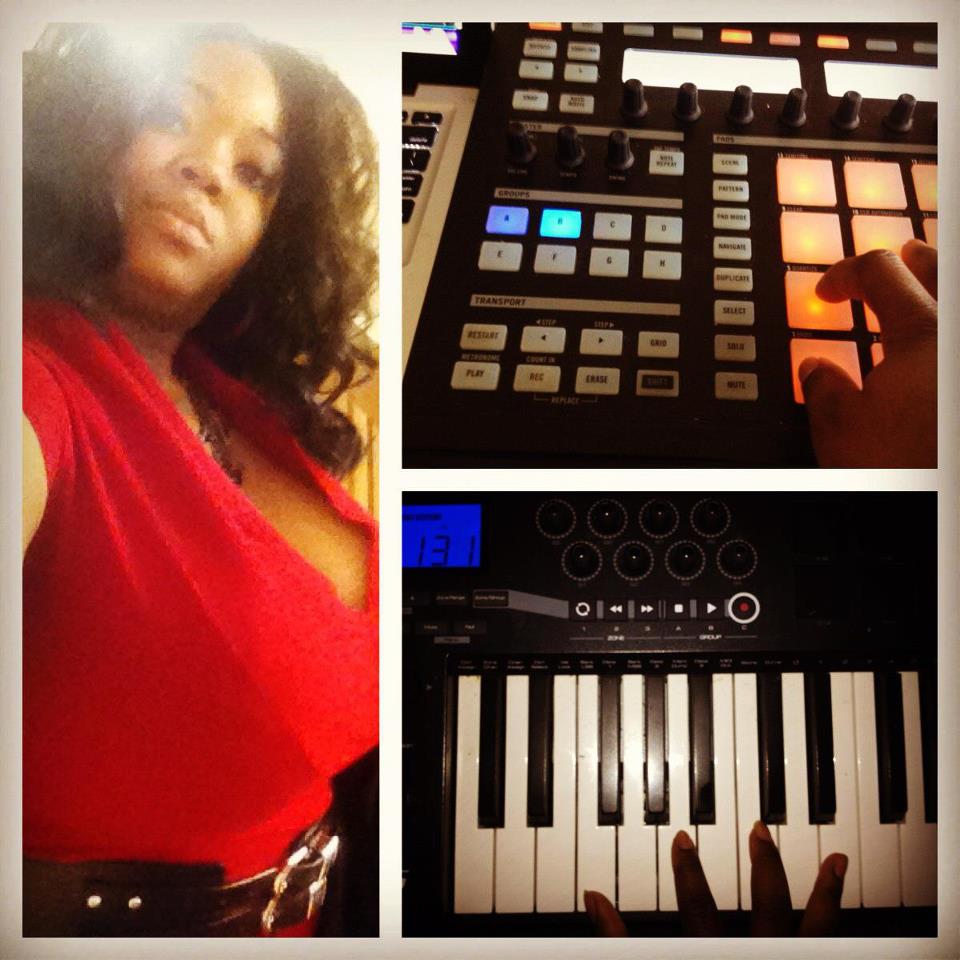


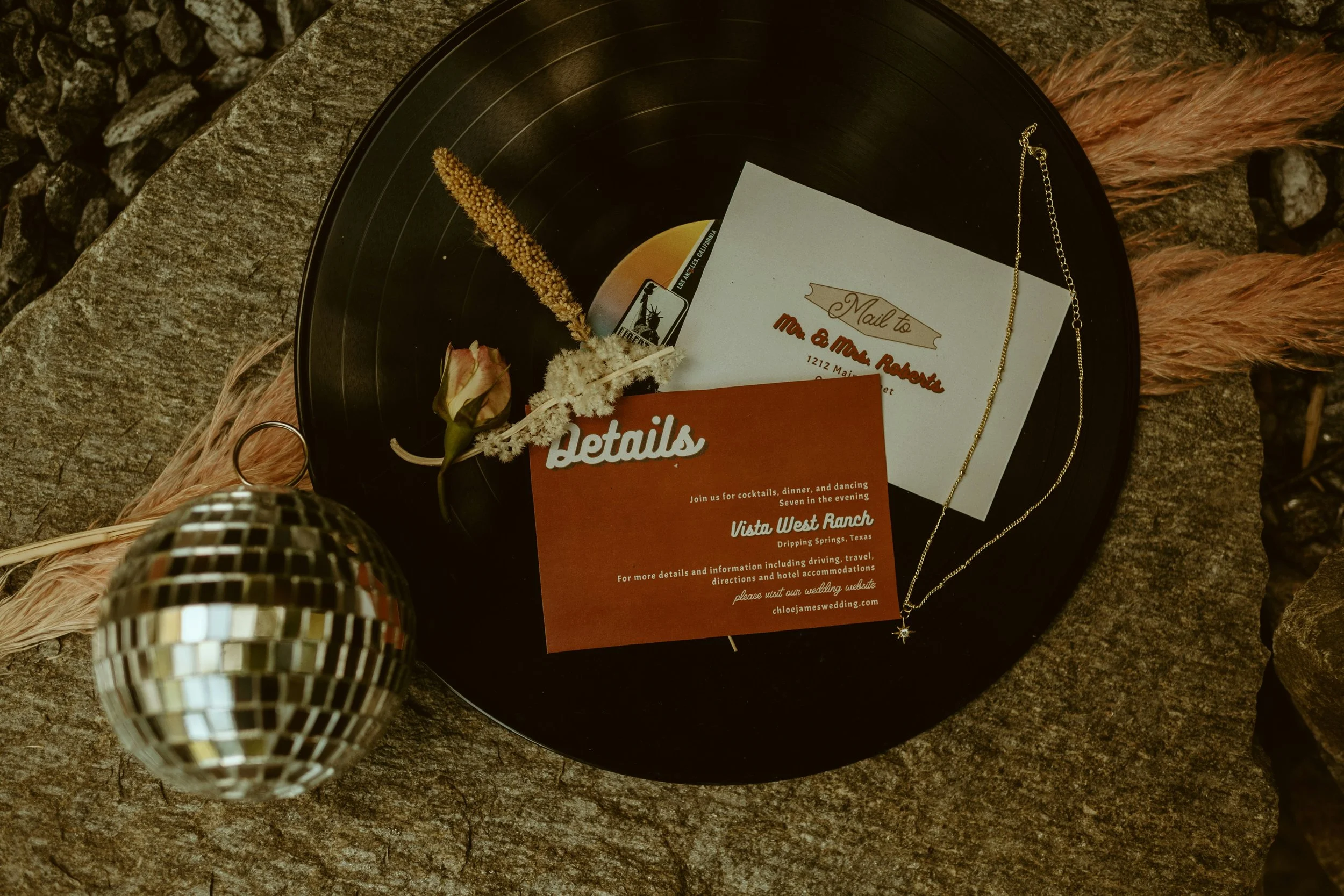


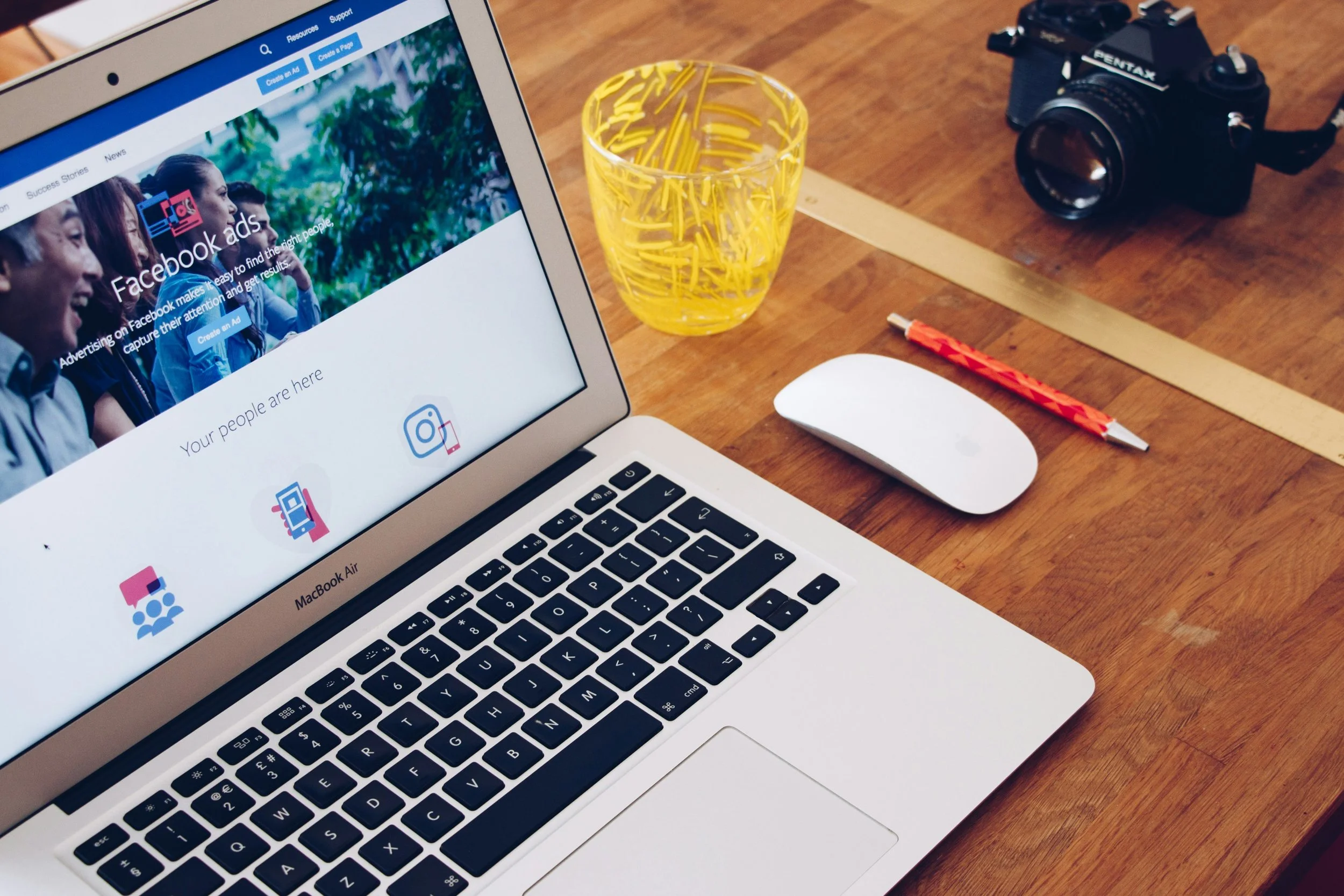

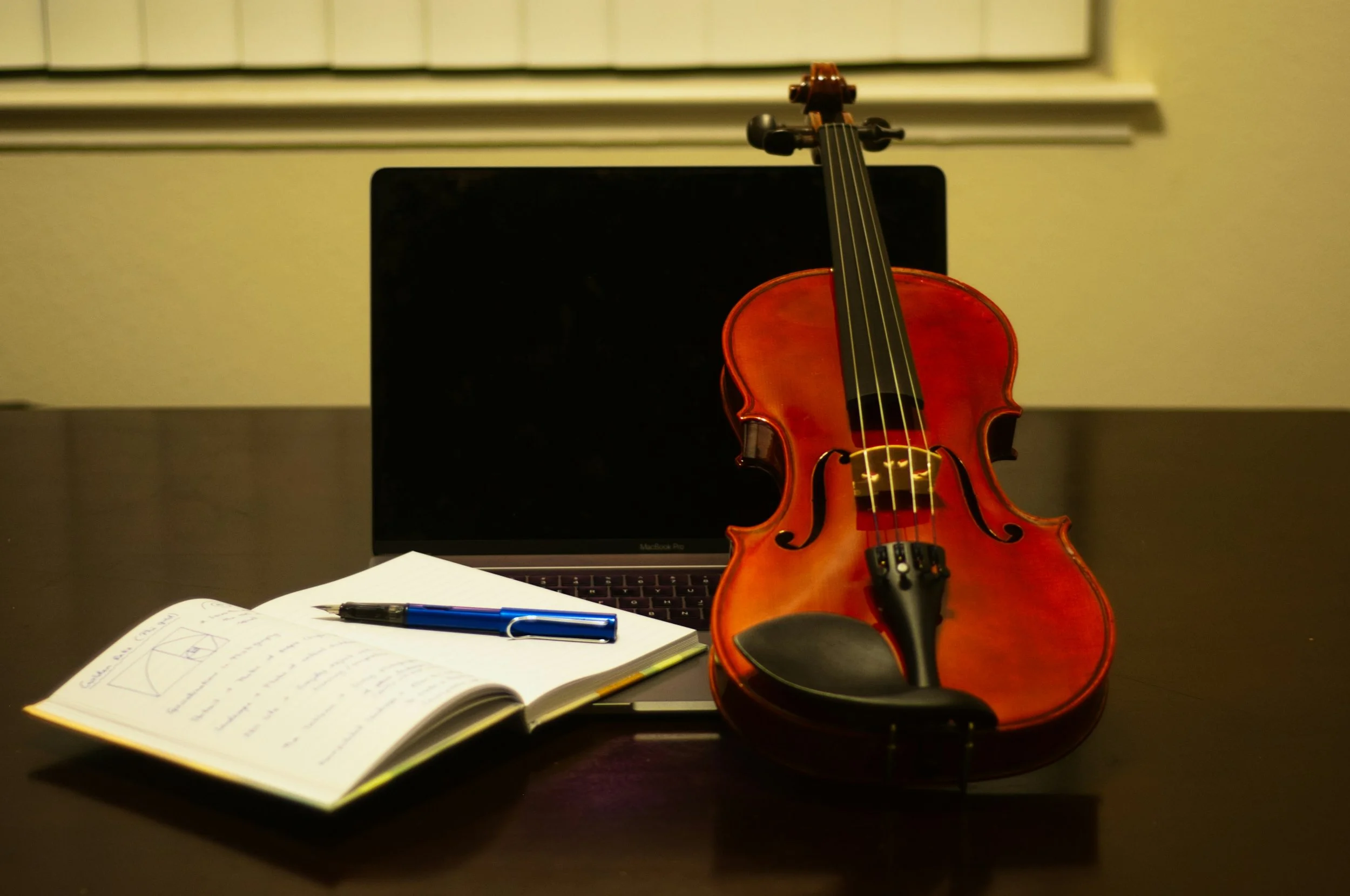
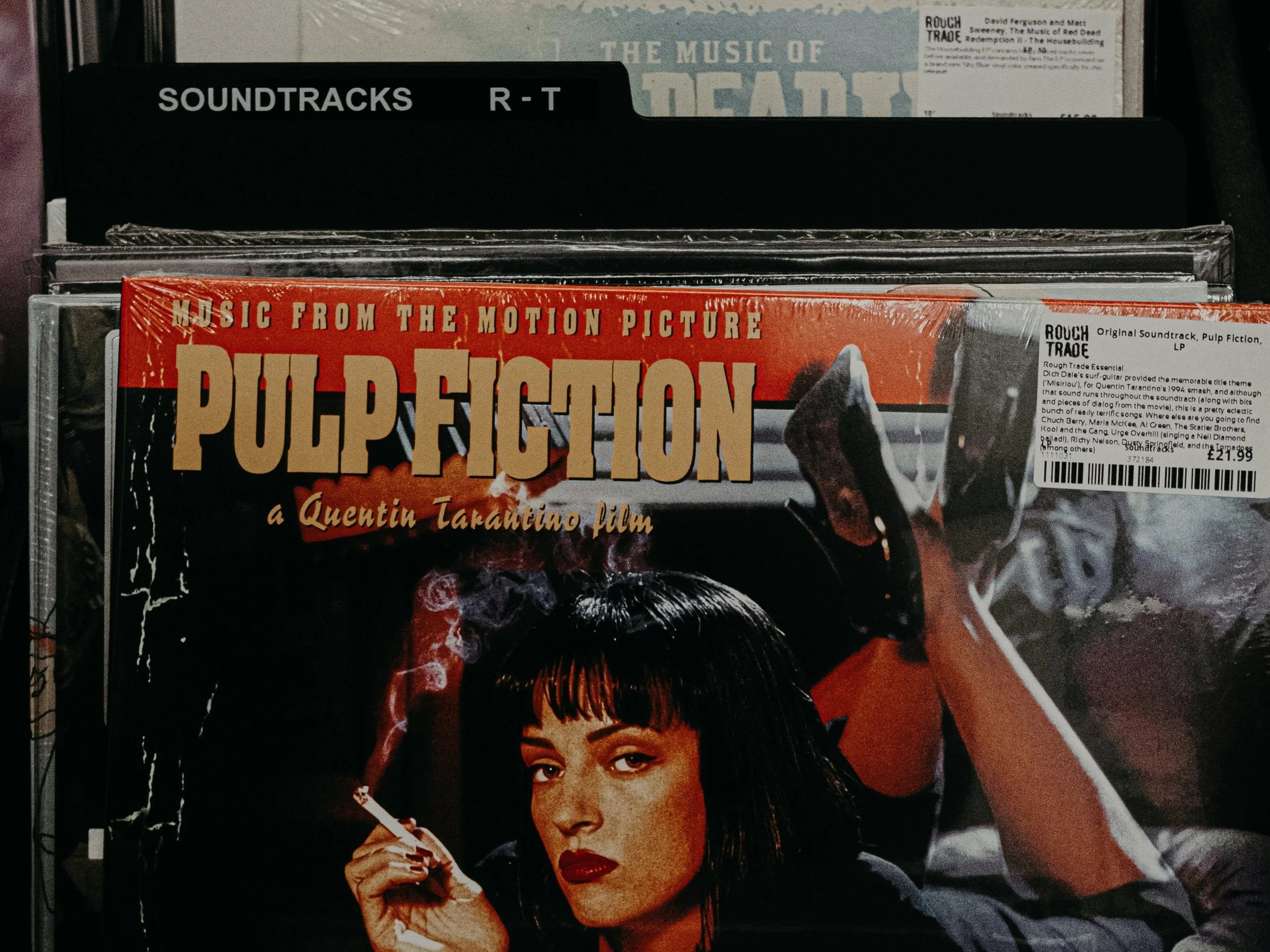


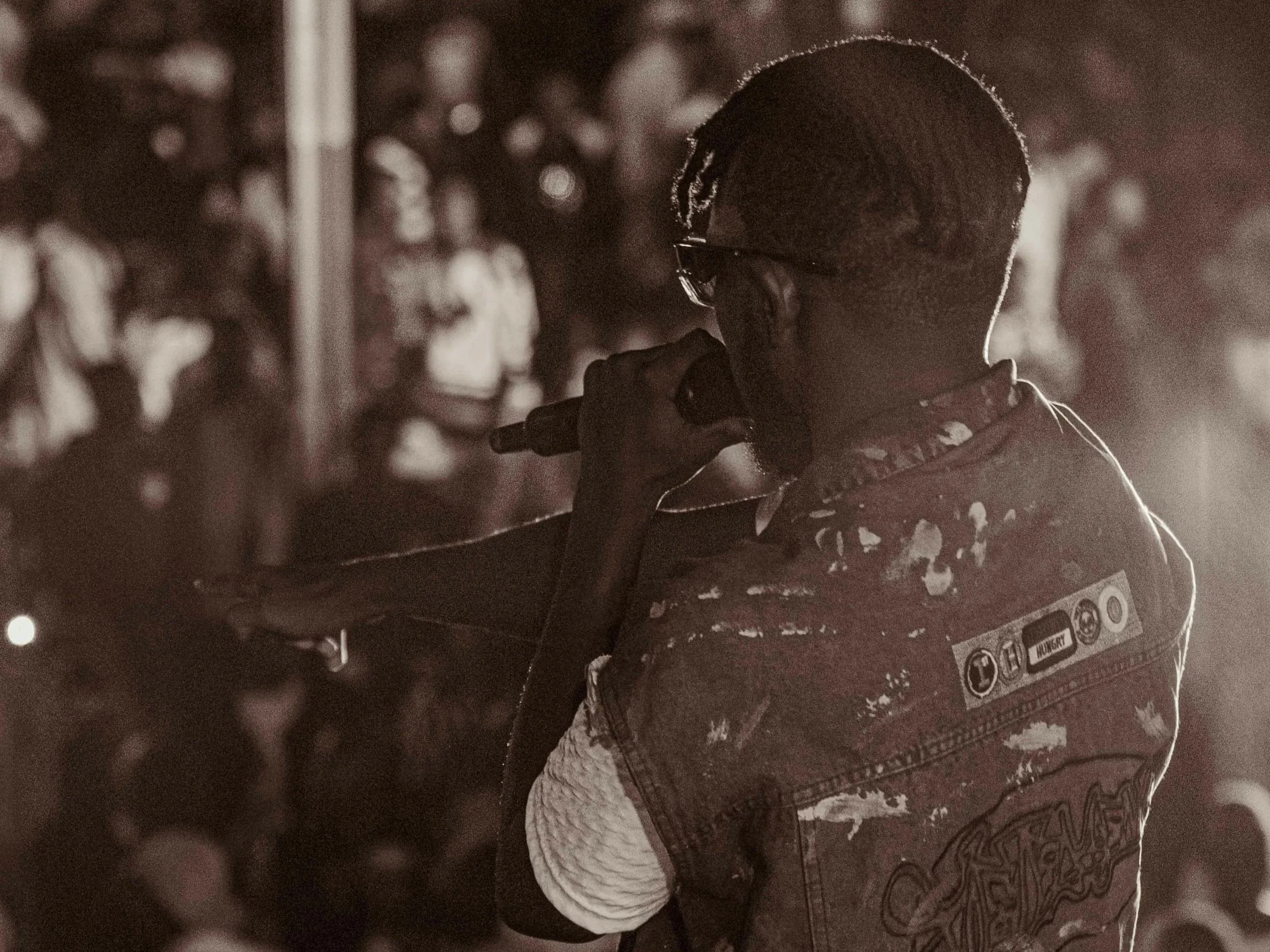


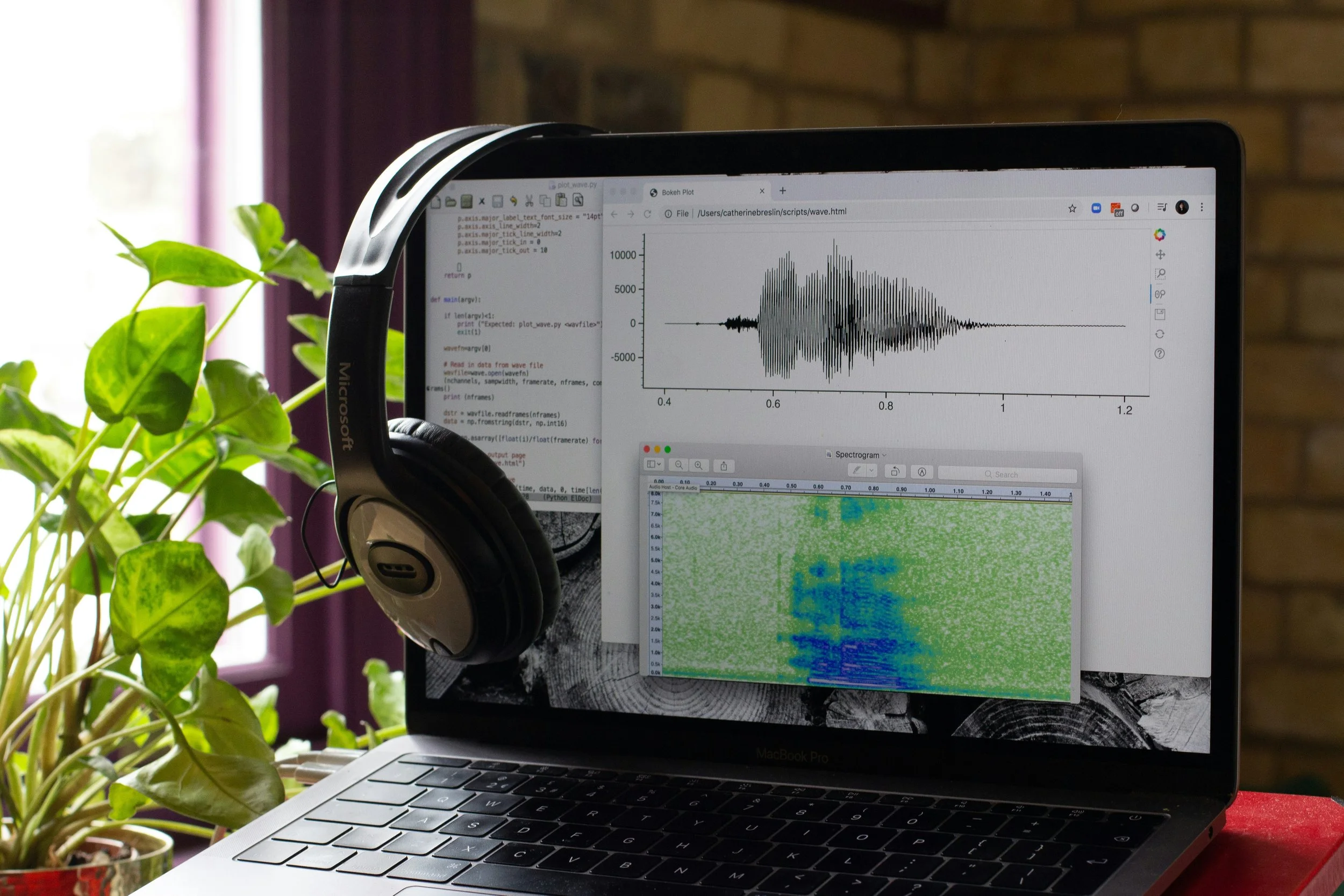
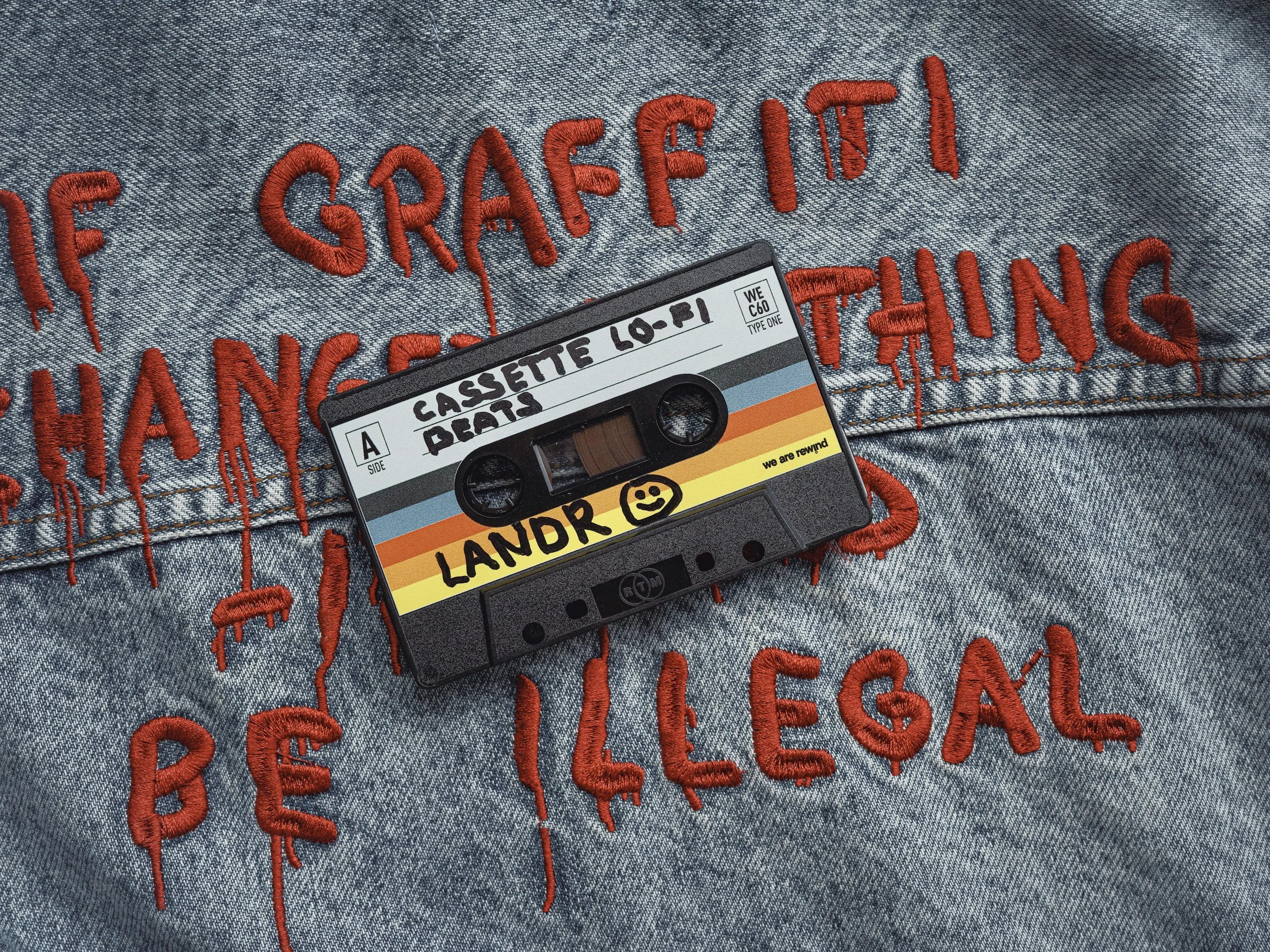
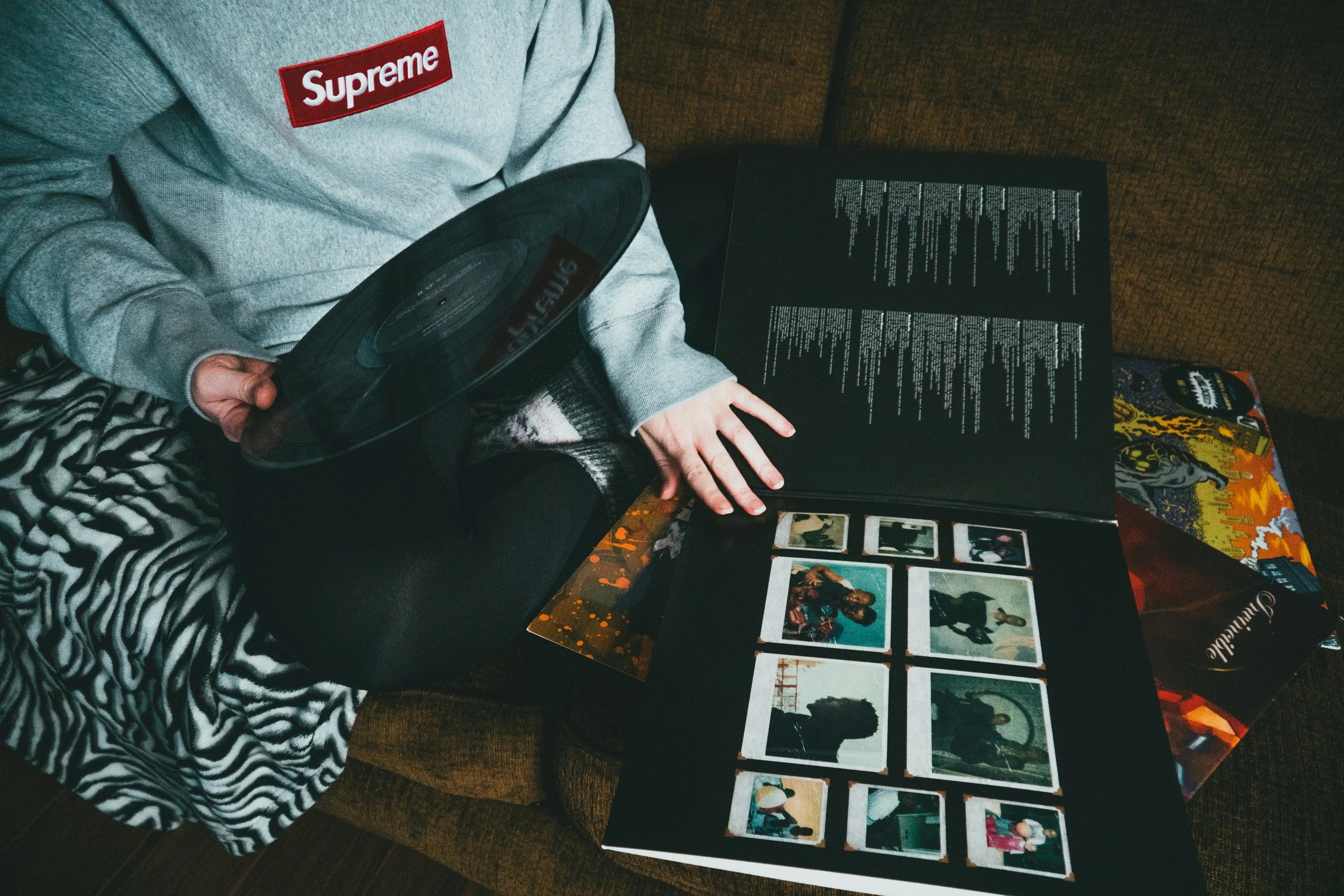
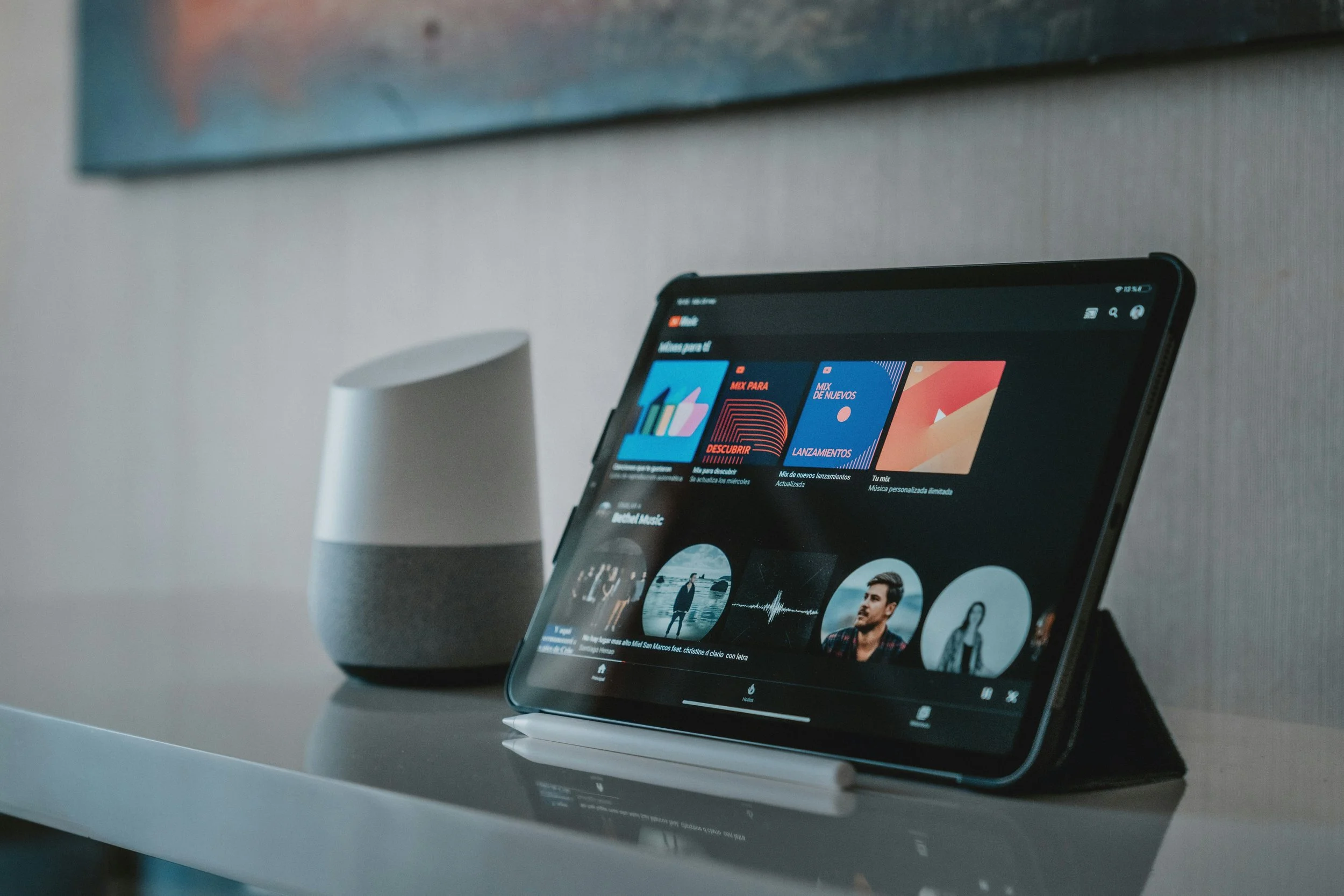





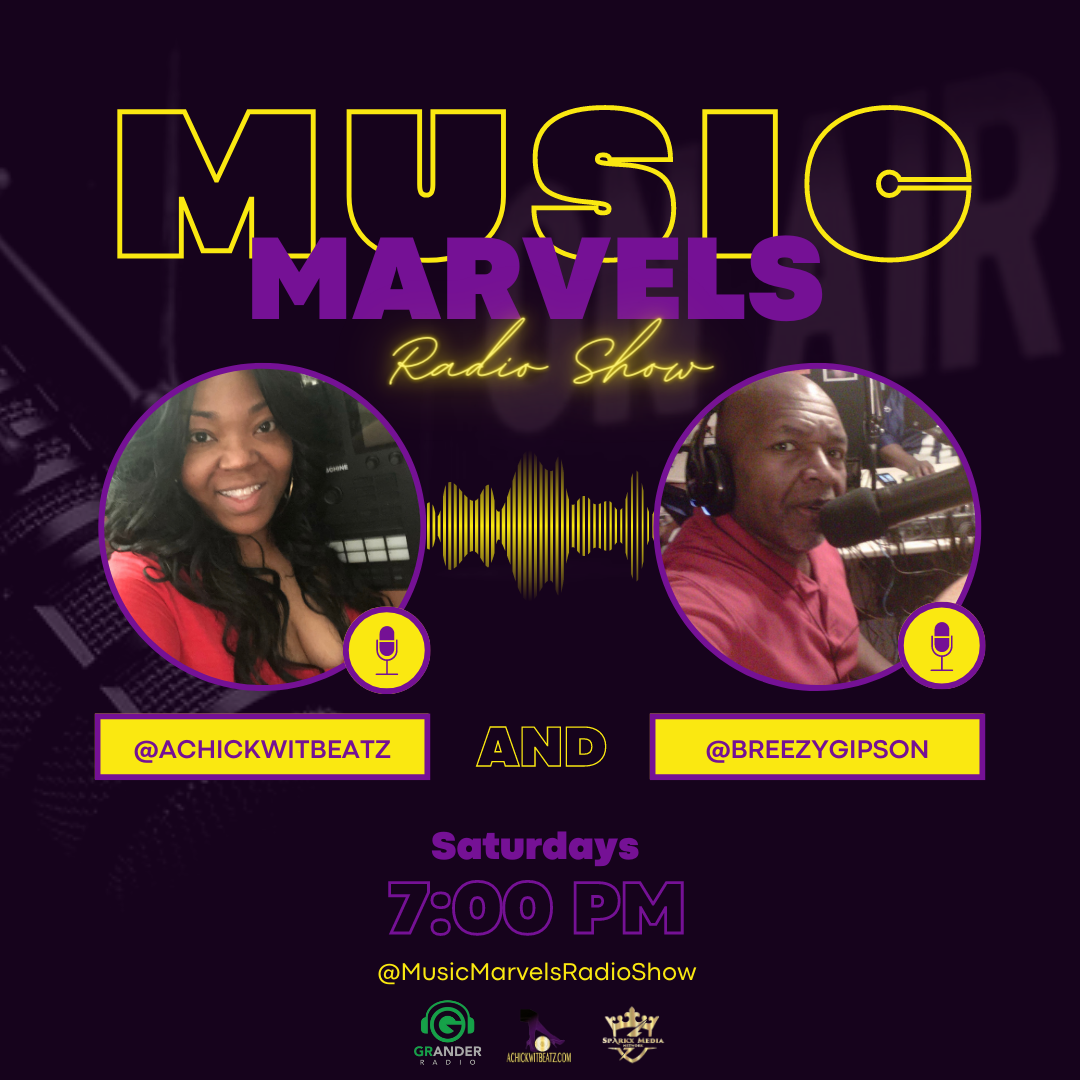
![Hear Here: Achickwitbeatz - Dopamine & Serotonin [Single]](https://images.squarespace-cdn.com/content/v1/52b0b90ae4b0293bfed0d692/1710852808557-EZYGFDIBHLBSIRFOVS1Q/Dopamine+%26+Serotonin.JPG)


